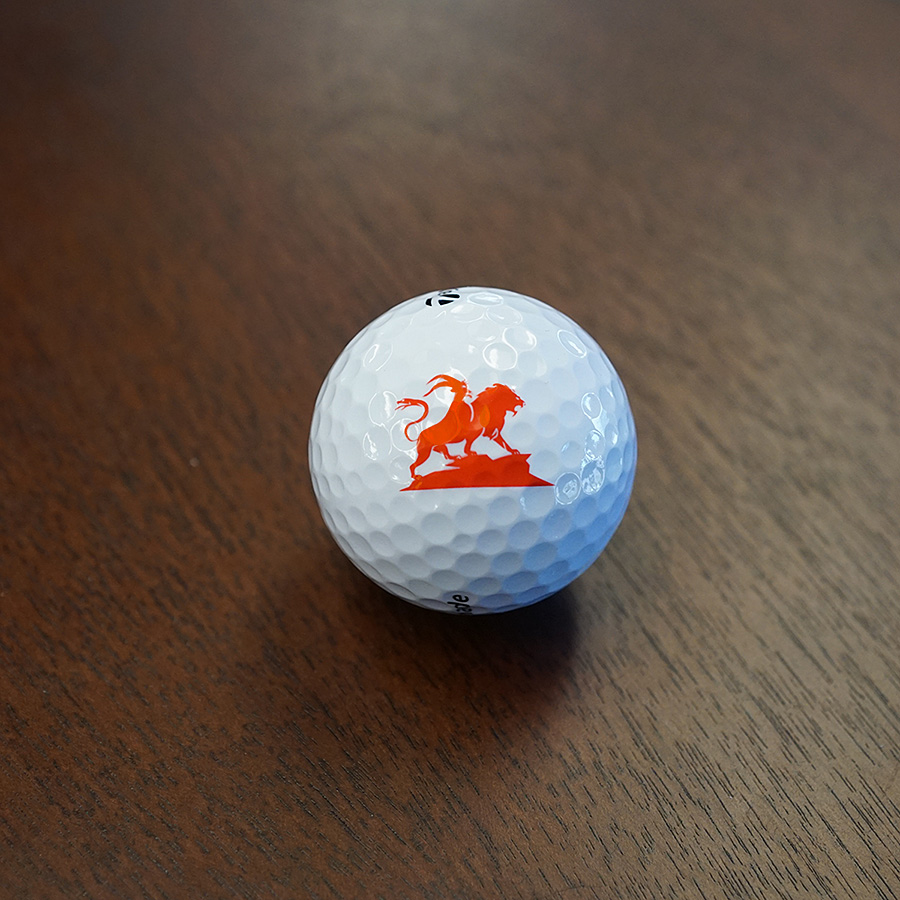Golf is one of the most popular sports worlds over. It is a character-building sport, which inspires a deep desire for improvement from its most committed players. Developing world class skill requires years of training and practice. It also motivates players to look for advantages from their equipment. From its early beginnings in Scotland, all the way to the PGA Tour, golf (and golf equipment) has gone through countless changes evolving into the powerhouse sport we all know today.
However, at its core, golf remains about a ball and a club. It is a game played on the world’s most beautiful grounds and played by some of the world’s most fierce competitors. The following is the evolution of the golf ball from where it was to what it has become today.
Humble Beginnings
Golf balls and the sport itself date back to the 1500s, with the first discovered balls being made of wood. In its earliest stages, golf was played with wooden balls and clubs by kings and royalties on their lands. Leading into the mid-1600s, balls were being made from tightly packed feathers bound by leather and hide straps.
These balls were known as ‘featheries’ and, because of the handcrafting element, they were largely unaffordable by the general population. In fact, golf didn’t widely spread in popularity until nearly two hundred years later, after various improvements had been made to the equipment.
Making the Upgrade
In the mid-1800s, the ‘guttie’ was introduced. Made from the rubber of the gutta tree, this ball was much more affordable to make and it was easier to repair if damaged. The creation of this ball caused a direct expansion in the game of golf. The Victorians were able to mass produce molds of this ball and experiment with the texture on the surface of it. This was done in order to make it travel further distances like its predecessor, the ‘featherie.’
Updating with the Times
At the end of one century and well into the next, people worked with and experimented with the ‘guttie’ design, objectively improving them here and there to increase their durability and the distances they could travel. Eventually in 1972, Spalding introduced the world’s first two-piece ball. This ball had a rubber core and a plastic casing; it became the standard in the game of golf.
In the years since many regulations have been placed upon golf ball size and weight. Also, there are now a vast variety of makes to choose from. Improvements in equipment carry on to this day making golf one of the most lucrative sports in the entire world. The game and its equipment have continuously evolved, and will continue to do so for many years to come.
Today there are dozens of brands of golf balls that come in a variety of styles. Choosing the right golf ball for your game may be confusing. To make sure you have the right one, talk to the helpful professionals in the Chimera Golf Club Pro Shop. They will recommend the ball you need and have it in stock to purchase, making your round at Chimera one of your best.



